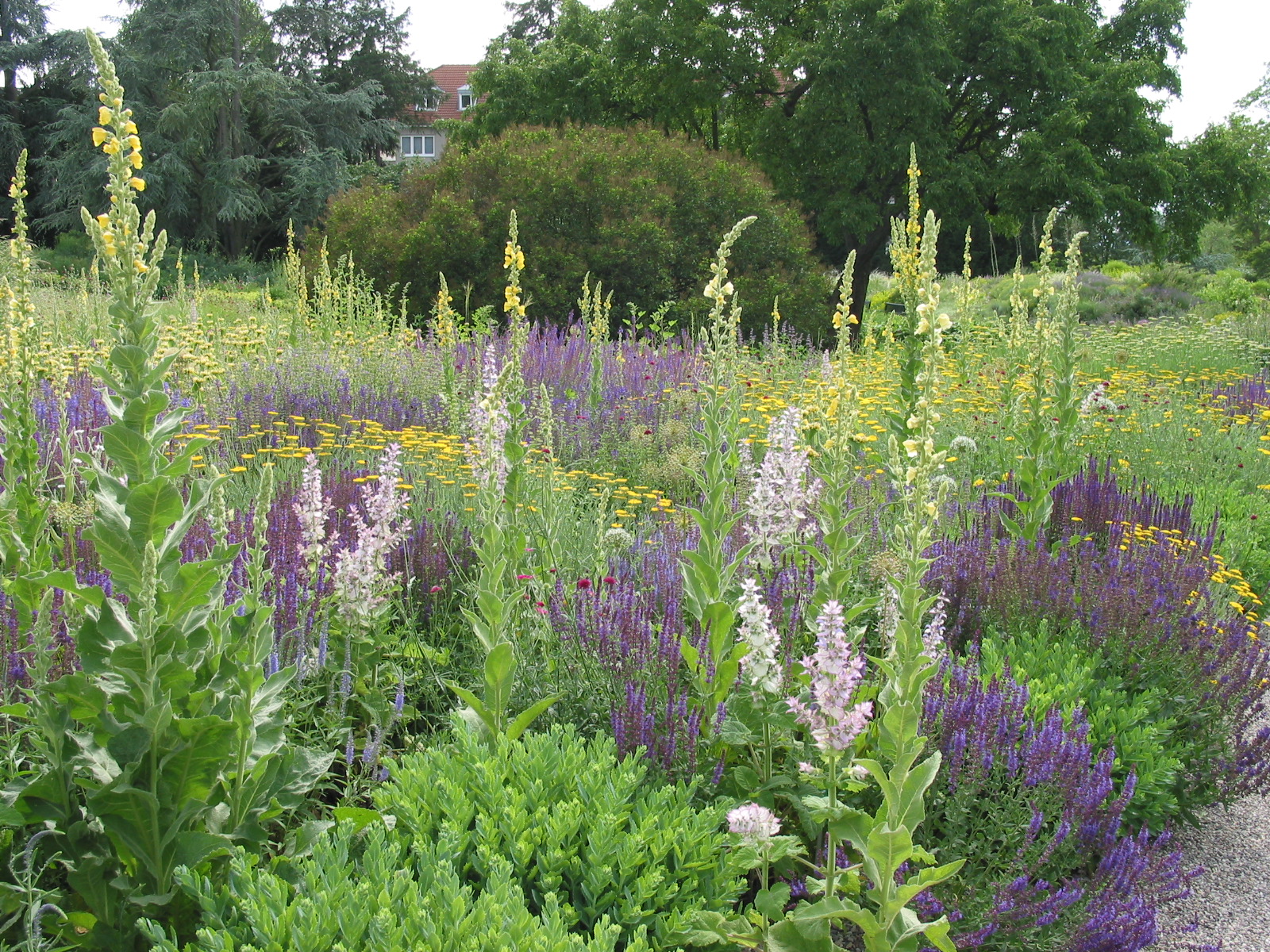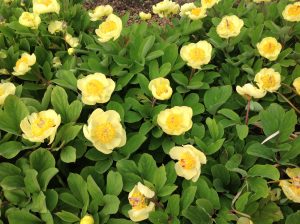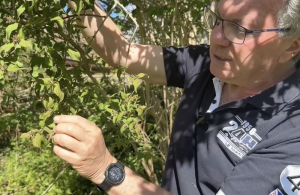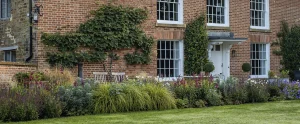Naturalistic Planting Design Course
Online course
When Mon 29 Sep 2025, 6.00pm – 7.00pm Mon 20 Oct 2025, 6.00pm – 7.00pm Mon 27 Oct 2025, 6.00pm – 7.00pm Mon 10 Nov 2025, 6.00pm – 7.00pm Mon 8 Dec 2025, 6.00pm – 7.00pm Mon 15 Dec 2025, 6.00pm – 7.00pm Mon 5 Jan 2026, 6.00pm – 7.00pm Mon 19 Jan 2026, 6.00pm – 7.00pm Mon 16 Feb 2026, 6.00pm – 7.00pm Mon 9 Mar 2026, 6.00pm – 7.00pm
Location Online (live)
Overview
Prof. Nigel Dunnett, Dr. Noel Kingsbury, Prof. Cassian Schmidt
Prof. Nigel Dunnett, Dr. Noel Kingsbury and Prof. Cassian Schmidt will run a ten session webinar course on naturalistic planting. Nigel and Noel will give a comprehensive overview of the art and science of naturalistic planting, combining their extensive experience in both theory and practice, together with an additional two presentations by leading German researcher Cassian Schmidt.
Naturalistic planting is vibrant, sustainable, low-maintenance and bio-diverse, combining a beautiful aesthetic with multiple human, environmental and social benefits. The course explains how plants and plant communities work in natural and designed environments, and how we can harness these ecological principles to ensure long-term success of garden and landscape plantings in any given situation. Noel, Nigel and Cassian will outline clear and straight-forward principles and methods for designing and setting out naturalistic plantings that can be applied in small and larger spaces, in private and public settings, urban-rural, and using all native or mixed native/non-native species. The course is particularly focused on temperate and dry season climate zones, but the principles have widespread application.
How it works.
We are next running the course between late September and early March, with 10 presentations being delivered live, with recordings being sent out immediately afterwards and in addition three live Q&A sessions; each being approx. one hour at 18.00 London time. There will also be additional studio classes with assignments for a limited number of attendees.
Attendees will have lifetime access to all course material.
In addition, attendees and ex-attendees will be entitled to discounts on selected webinars (and recordings of them) on subjects relevant to naturalistic planting and management.
The course is £300 (+VAT for UK based). Please go here for UK ticketing, and for non-UK please go here.



